Art World
These Were the Venice Biennale’s Most Unforgettable Works
From clandestine photographs, to stoic portraiture that reframes historical narratives, to challenging, invigorating performances, "Foreigners Everywhere" had much to offer.
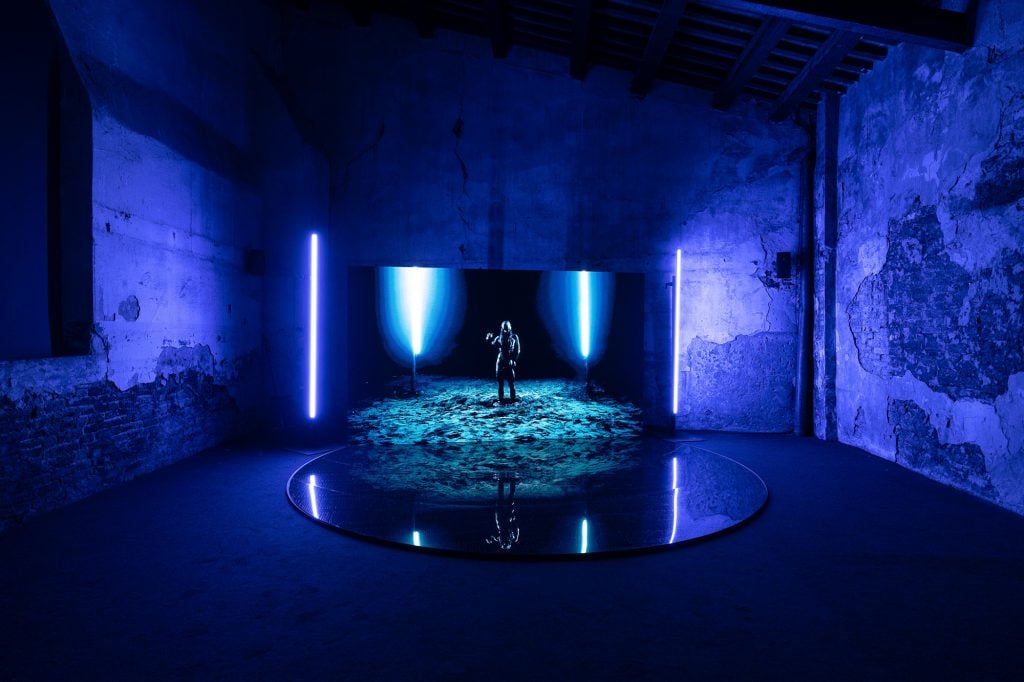
As the 60th Venice Biennale year comes to a close, many are left contemplating what works made a significant impact in the monumental show. Reviews have been published and the theses, successes, and failures of the exhibition have been vivisected by numerous critics seeking to evaluate Adriano Pedrosa’s exhibition, which unsuccessfully attempted to destabilize the nation-state project of artistic representation that is the Venice Biennale. There need not be another essay on the vexing form of the biennale itself, nor how this iteration changed (or didn’t change) our thinking about it.
I’d rather highlight unexamined works of art and the underdiscussed curatorial choreographies of placing certain artists in dialogue with each other; these seem to be worth casting a lingering gaze upon at this moment. In such massive labyrinthine exhibitions, it behooves the viewer to take time to find subtle cleverness behind the spectacular gestures; that is often where the wit and soul of these shows reside.
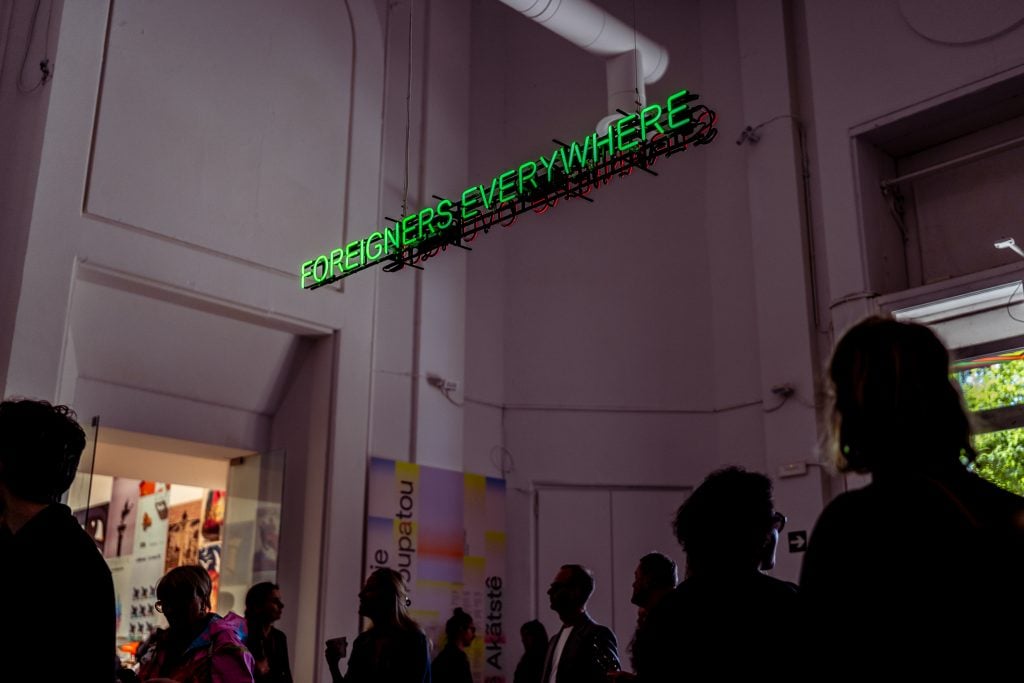
An interior view of the Giardini. Courtesy La Biennale di Venezia
It is less interesting, to me, to know that this is the first time an artist was showing at the Biennale (as the wall labels indicated) than to actually be startled by the phenomenological encounter with a work. Painters like the Brazilian Dalton Paula (the recipient of the 2024 Chanel Next Prize) and the Argentinian La Chola Poblete, both presented in the Arsenale, exhibited complex portraits of subjectivity incorporating objects and motifs of cultural memory. Paula uses portraiture to critically contest the hegemonic structures of what has been deemed “memory culture,” or the socially constructed idea of what a community values as collectively held memories and forms the basis of their formation.
Paula’s work identifies how portraiture has been a vital aspect to that cultural project and seeks to act as a corrective for those who fall by the wayside of collective memory and narratives. His series Full-Body Portraits in the Biennale expands upon the original 2018 Afro-Atlantic Histories series, presented at Museo de Arte Sao Paulo, featuring 16 paintings of Brazilian figures in anti-colonial and anti-slavery resistance histories. These works give dimension to each subject via the raised textures of their features encapsulated in white underpainting contrasted with flattened backgrounds of the landscapes behind them. Each face that stares out of the portrait floats above the demure backdrop, as if summoned from our own reminiscences.
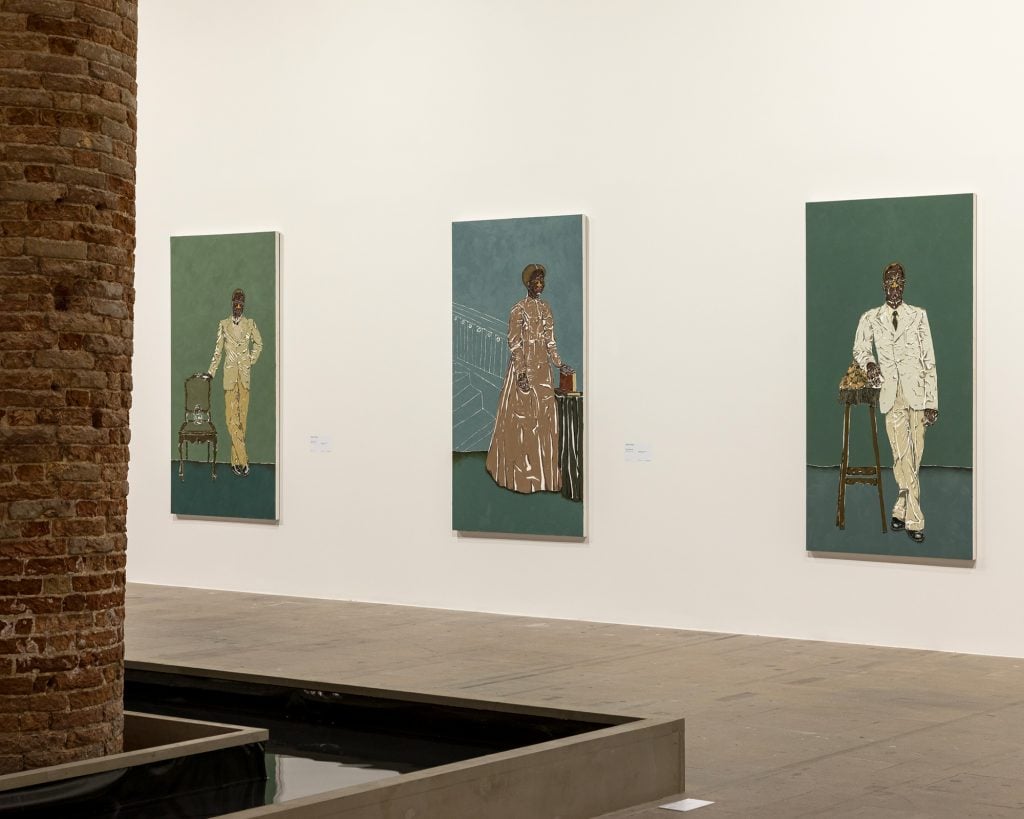
Dalton Paula. Photo: Marco Zorzanello, Courtesy La Biennale di Venezia
La Chola Poblete uses personally devised queer iconography to reconfigure popular mythologies as acts of reclamation for ancestral epistemologies and trans-liberation. Her paintings combine idioms of pop culture, religious imagery, self-portraiture, and text that suture together familiar motifs from both global hemispheres.The resultant works are a bricolage, and a practice of meaning-making done through the sophisticated palate of a trans woman who can reinscribe the material culture that surrounds her.
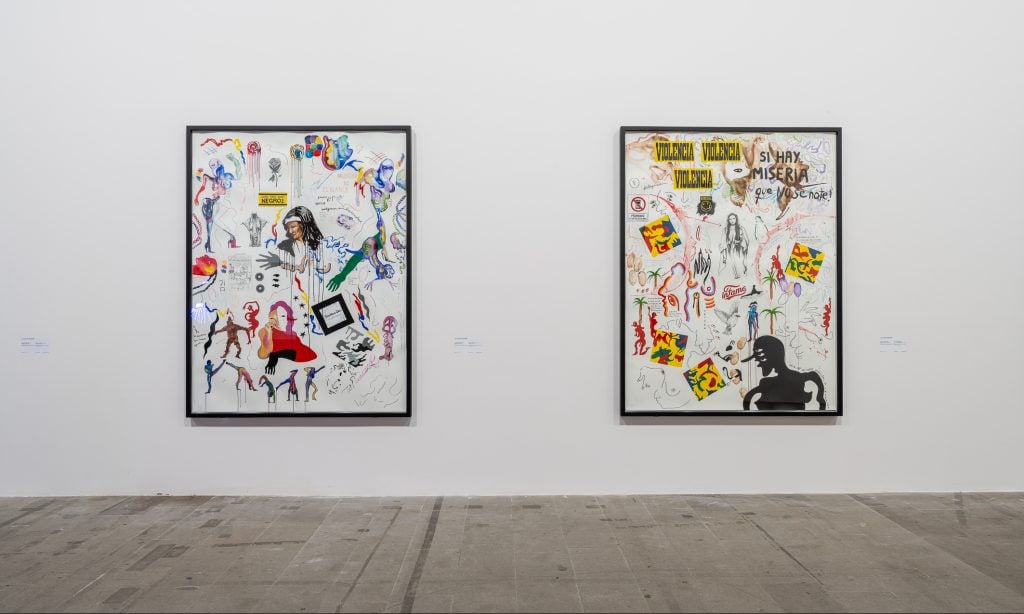
La Chola Poblete. Photo: Andrea Avezzù, Courtesy La Biennale di Venezia
La Chola Poblete uses the near-universal figure of “the virgin” in Catholicism as a narrative thread that binds together the social tapestries of her paintings. For her, the virgin is no longer a societal cipher that dominant regimes of control can employ as metaphor, but rather an embodied figure that navigates the world that she is reenchanting.
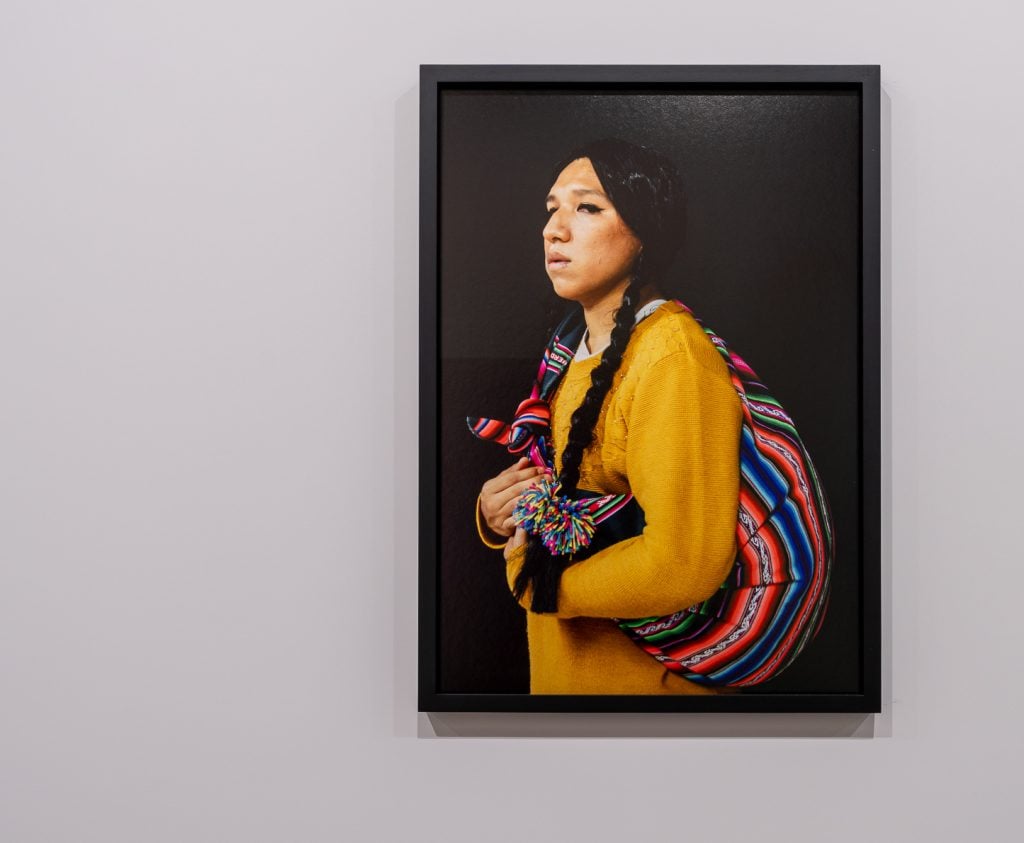
La Chola Poblete. Photo: Andrea Avezzù, Courtesy La Biennale di Venezia
A subtle curatorial gesture that feels particularly smart in the Giardini, is the relations created through pairing artists that, despite geographic or temporal distance, share thematic and conceptual strategies. The dialogue between the 1970s photographs of cinemas in Bogota where men from different class backgrounds went to cruise by Colombian artist Miguel Ángel Rojas, alongside American artist Dean Sameshima’s 2020s photographs of men at adult movie theaters in Germany, also performing choreographies of desire, showcase how extimacy in homosociality is transhistorical and transgeographic. These two series demonstrate the latent clandestine melancholy of voyeurism and the vitality of queer claimed spaces.
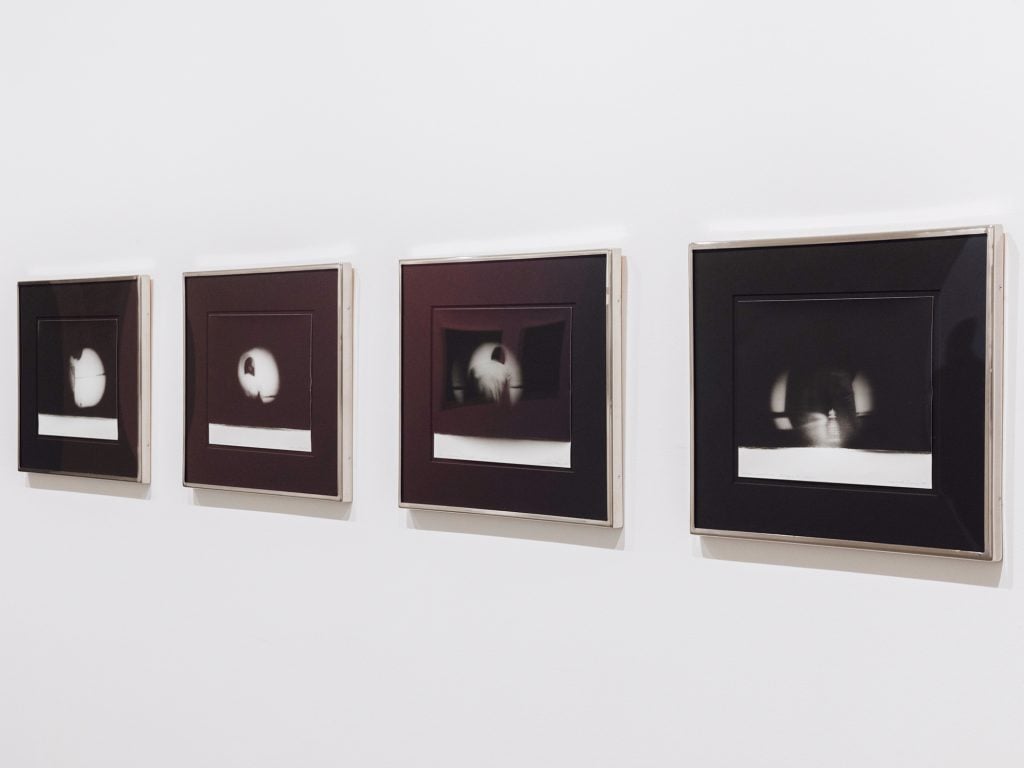
Miguel Ángel Rojas. Photo: Matteo de Mayda, Courtesy La Biennale di Venezia
Back in the Arsenale, the works of the Norwegian-Sudanese Ahmed Umar and the Nicaraguan Elyla explore a queering of ritual acts through video performances. In Umar’s Talitan, the Third, the artist reclaims the culminating bridal dance of the Sudanese adorned woman, as a queer act of self-declaration. Positioned directly across from Umar, Elyla’s Torita- encuetada, uses the Nicaraguan traditional forms of toro encuetado, a fire ritual, and the ritual dance mitote to give queer form to strategies of liberation from colonial structures of gender and power. The proximity of these works underscores how the appropriation of heteronormative ritual can upend queer domination.

Dean Sameshima. Photo: Matteo de Mayda, Courtesy La Biennale di Venezia
Some of these conversations aren’t just based on conceptual or thematic similarities, but on kinship and familiarity between the artists. An entire room is dedicated to the richly layered and cosmological paintings of Indigenous Brazilian artists Rember Yahuarcani and Santiago Yahuarcani, father and son, who explore the intergenerational passing of ancestral and Indigenous knowledges within their family.
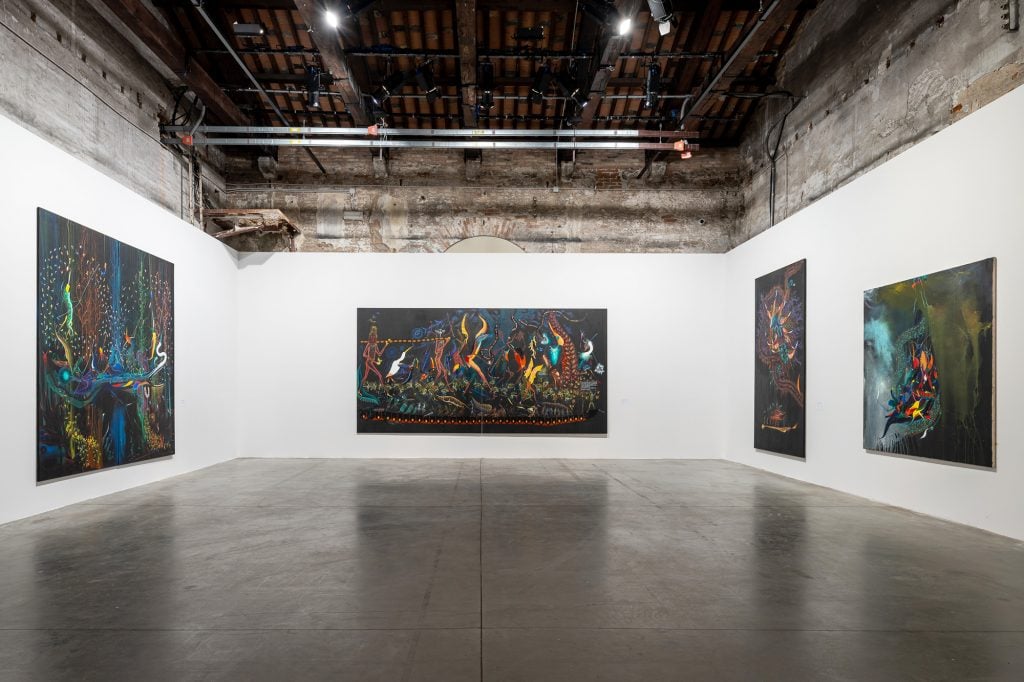
Rember Yahuarcani. Photo: Andrea Avezzù, Courtesy La Biennale di Venezia
While most reviews of the Biennale have remarked upon the variety of mediums and materials, few have considered the extensive performance program that included time-based performative and discursive works. Discussing this program is necessary to fully understand the paradigmatic curatorial statements of Pedrosa and his team. In this closing month there will be performances by many of the participating artists working in collaboration with communities they are immersed in. Joshua Serafin will present PEARLS, the final work in their performance series that bodies forth the process of healing and wound closing through non-gendered pre-colonial deities, previously explored by the artist in their video work VOID on view at the Arsenale.
La Chola Poblete will also perform Como se representa a un indio?, a spoken word, sound, and movement work with artist and activist Lola Bhajan interrogating the social construction of stereotypes around Indigenous identities. Video artist Gabrielle Goliath, whose video installation Personal Accounts (2014-), on view at the Giardini, uses paralinguistic portraits of marginalized peoples to address the legacies of patriarchal violence, is one of the most compelling works of the Biennale. She will also present the performance Elegy (2015–), featuring seven opera singers performing a mourning ritual for the Herero and Nama people, along with reflective text by scholar Zoe Sadmuzi.
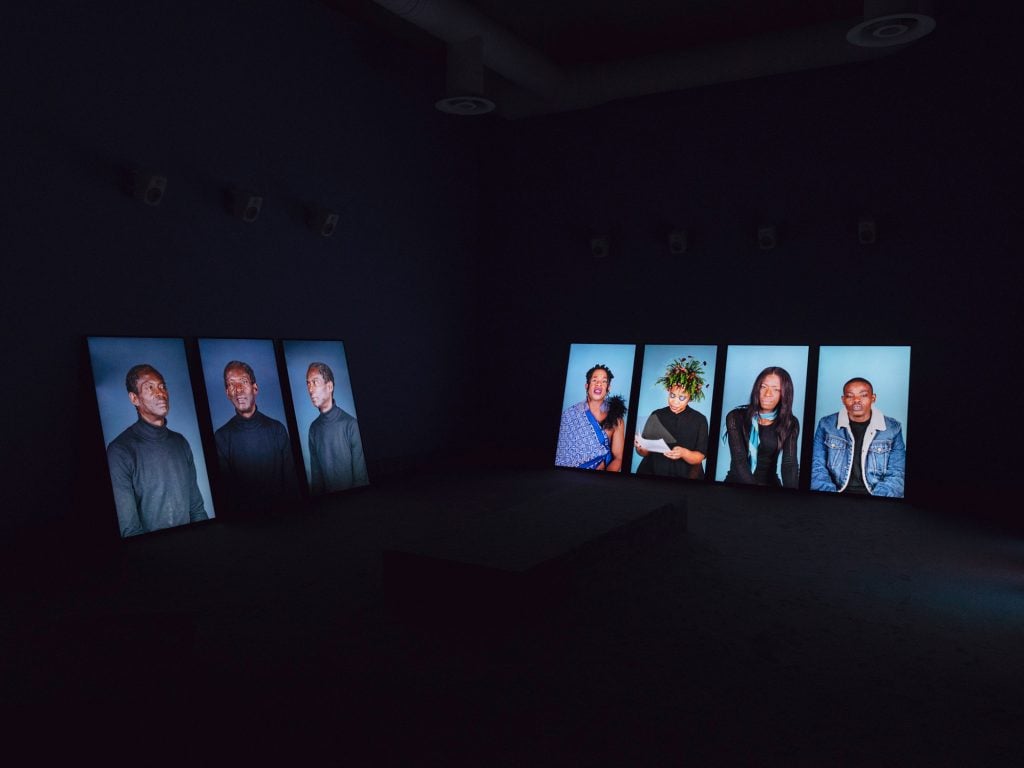
Personal Account, 2024, Gabrielle Goliath.
Ahmed Umar will perform his 2023 video work Talitan, the Third, live, where audiences can witness the ceremonial bridal dance the artist co-conceived with the Sudanese singer Alsarah – a ritual that has traditionally only been performed for women of the bridal party and never by a queer male body.
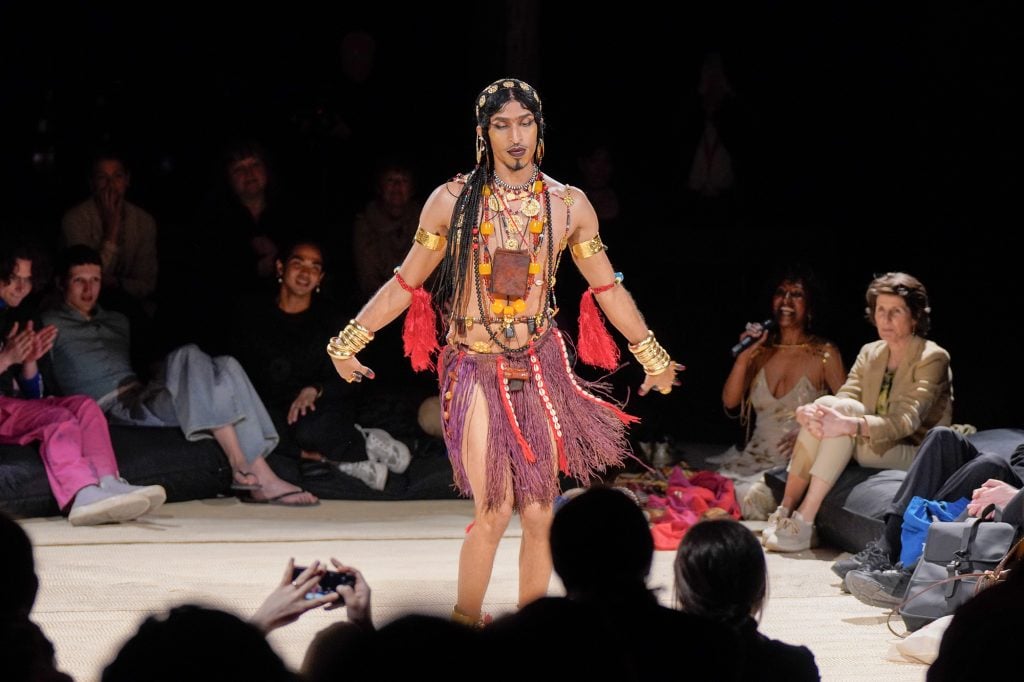
Ahmed Umar, Talitin, The Third (2023). Courtesy La Biennale di Venezia
Finally, the artist WangShui whose monumental installation Lipid Muse (2024) closes the Arsenale show, will present a closing ritual to the Biennale, together with artist Alberto Bustamante on November 22; the corollary live performance to their opera Altacoya, which was originally staged in Mexico in 2023 at TONO. This work features a queer retooling of the Indigenous Mexican myth of the serpent. The piece will be staged within WangShui’s installation and costumed by Biennale artist Bárbara Sánchez-Kane to invoke rituals of healing. These are not just performative adornments to Biennale but works that resist the stillness so endemic to art exhibitions and placed into greater world of extancy.
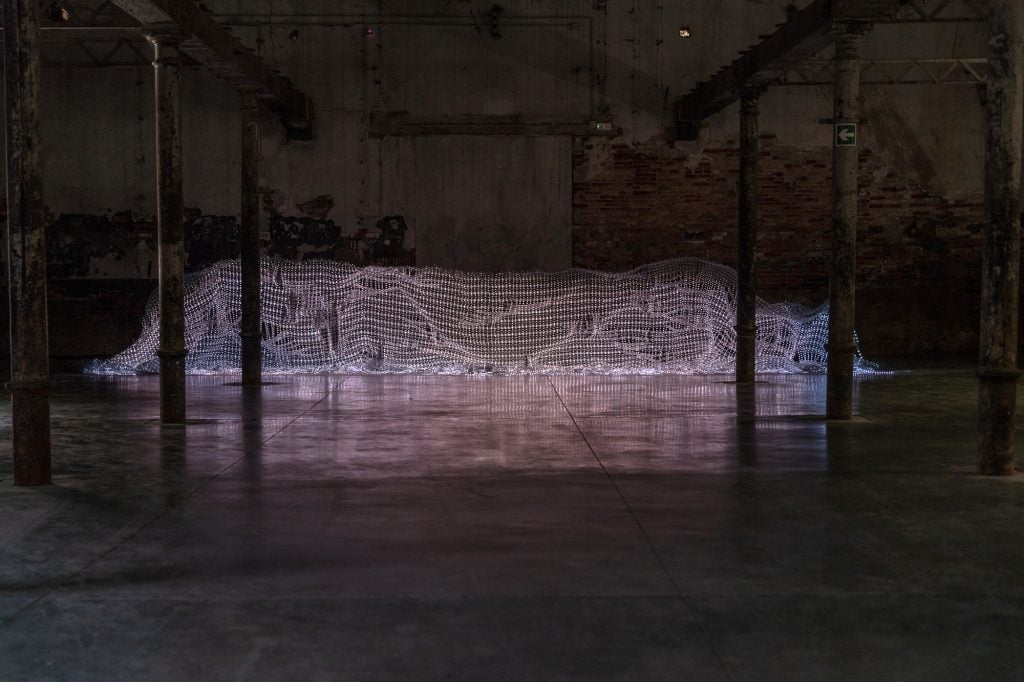
WangShui. Photo: Andrea Avezzù, Courtesy La Biennale di Venezia
Within the grand spectacle of a large and ambitious biennial, these intentional instances of thoughtfulness and research-based curation are obscured. But upon encountering them, they reveal Pedrosa’s talent in orchestrating narratives that are political and poetic. It is these instances that remind us that a biennale’s value does not have to reside exclusively in its cohesion, but also on its ability to act as a platform for the dynamic work of artists outside the traditional structures of galleries and institutions.





